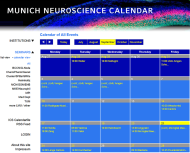LMU Collaborative Research Center (CRC) 870 - discontinued

Director: Prof. Dr. Benedikt Grothe
Collaborative Research Center (CRC) 870
(Discontinued)
Assembly and Function of Neuronal Circuits in Sensory Processing
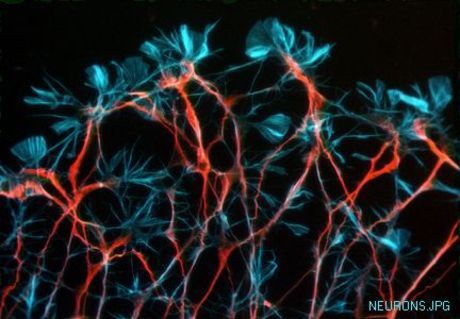 Along with major success in molecular and cellular neurosciences over the last decades, brain imaging techniques like fMRI and EEG provide fascinating data. However the understanding of the brain’s complex functions, compartments and interrelations still requires conjoined research efforts. Fundamental questions, like the translation of cellular mechanisms into higher brain functions or processing of behaviorally relevant information on intermediate levels of brain organization by specific neuronal circuits and neuronal populations within, remain largely unanswered.
Along with major success in molecular and cellular neurosciences over the last decades, brain imaging techniques like fMRI and EEG provide fascinating data. However the understanding of the brain’s complex functions, compartments and interrelations still requires conjoined research efforts. Fundamental questions, like the translation of cellular mechanisms into higher brain functions or processing of behaviorally relevant information on intermediate levels of brain organization by specific neuronal circuits and neuronal populations within, remain largely unanswered.
The Collaborative Research Center (CRC) 870: Assembly and Function of Neuronal Circuits in Sensory Processing comprises 23 scientific projects and addresses such questions through elucidation of neuronal circuit structure-function relationships, their dynamics and computations. The projects intend to provide a deeper understanding of the molecular basis of the development, plasticity and regeneration of sensory circuits as well as processing mechanisms for behaviorally relevant information.
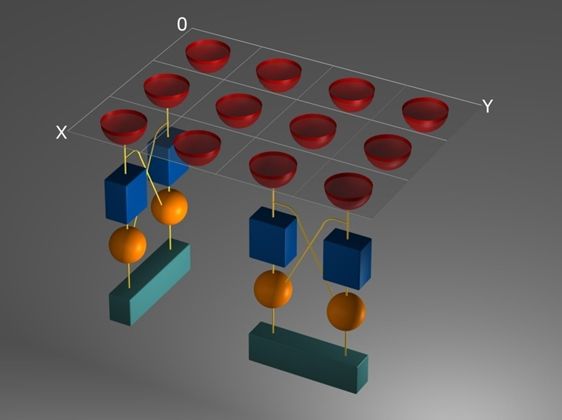
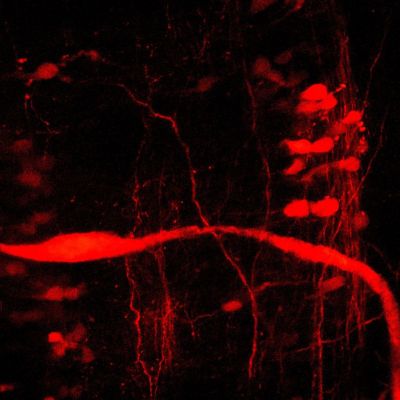
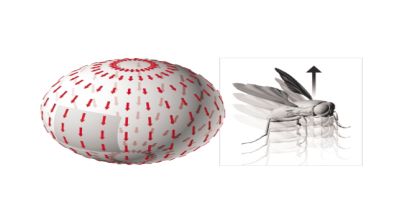
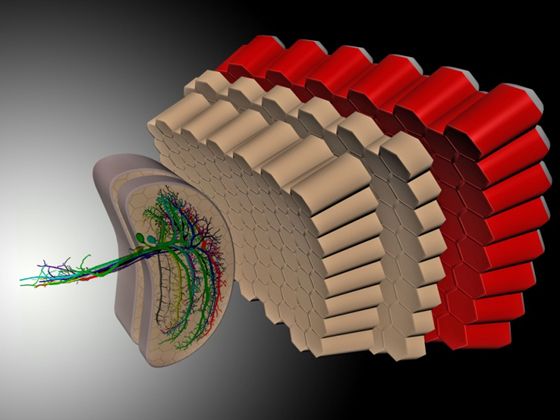
For various reasons, neuronal circuits serve as ideal model systems to study the principles of neuronal information processing. First these circuits process highly specific physical cues, which are presented by sensory stimuli and can be tightly controlled in physiological and/or behavioral experiments. Efficient analysis of the information processing in neuronal circuits is facilitated by parallel, anatomically distinguishable pathways specialized for certain sensory stimuli. Moreover, sensory circuits show specific adaptations to structure and functions related to behavioral needs, which help to determine biologically relevant experimental approaches. In addition, advanced model-driven hypotheses 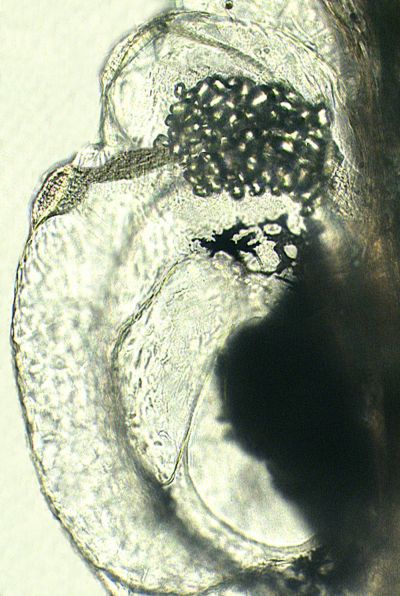 about sensory processing combined with new experimental techniques enhance the development of new and more powerful experimental approaches vital for advancing systemic neuroscience. Several projects in the CRC 870 are therefore investigating new approaches for the manipulation of neuronal activity in specific subpopulations of neurons within neuronal circuits. These include genetic alterations targeting specific subpopulations as well as the use of optically controlled, photo-switchable molecules that can be used to accentuate the activity of single neurons. Such methods will allow for more efficient and conclusive testing of hypotheses about the flow of information within neuronal circuits.
about sensory processing combined with new experimental techniques enhance the development of new and more powerful experimental approaches vital for advancing systemic neuroscience. Several projects in the CRC 870 are therefore investigating new approaches for the manipulation of neuronal activity in specific subpopulations of neurons within neuronal circuits. These include genetic alterations targeting specific subpopulations as well as the use of optically controlled, photo-switchable molecules that can be used to accentuate the activity of single neurons. Such methods will allow for more efficient and conclusive testing of hypotheses about the flow of information within neuronal circuits.


